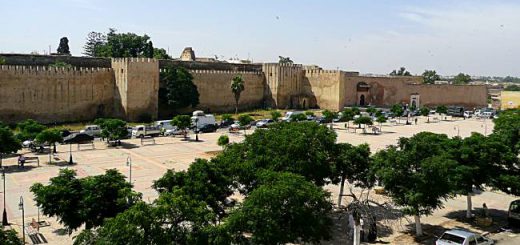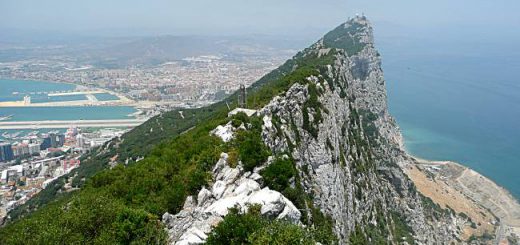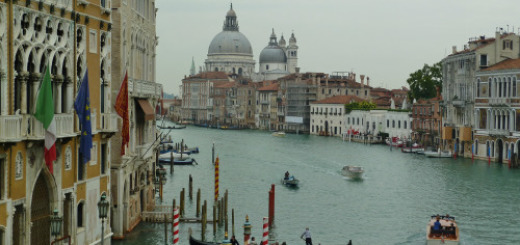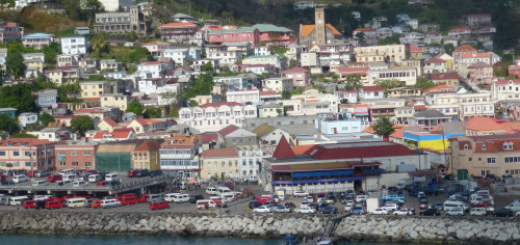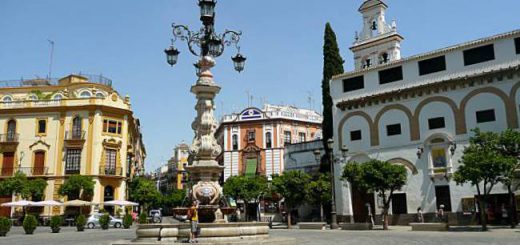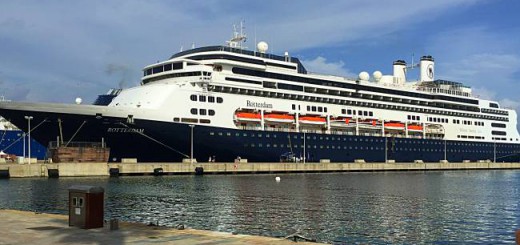Darting through Devon
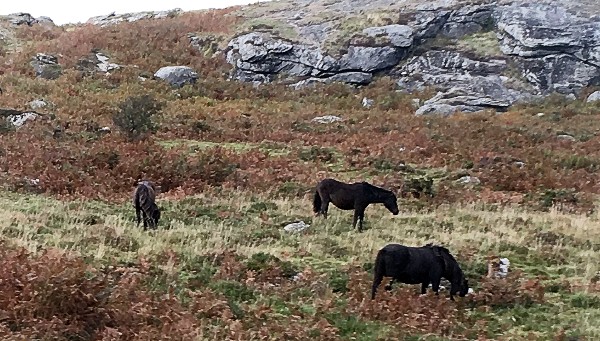
Leaving Glastonbury, we headed off to the wilds of Dartmoor National Park. This is an area of granite tors and peat bogs, the latter providing inspiration for Conan Doyle in his ‘Hounds of the Baskervilles’. This rugged countryside is home to over a thousand ponies which are owned and bred by local farmers who have grazing rights here. It is believed that wild ponies have lived there for over three thousand years! We encountered quite a few ponies by the roadside as we made our way to the little village of Widecombe in the Moor.
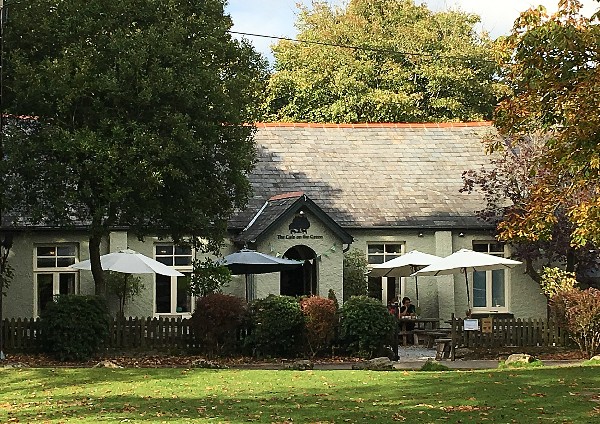
Tourism is a major source of income for Widecombe, and within a small area of the village there are several gift shops (including a general store), one café, two pubs and quite a disproportionately large church – St Pancras. Being afternoon tea time, it was mandatory to call in to the Café on the Green for a Devonshire Cream Tea.
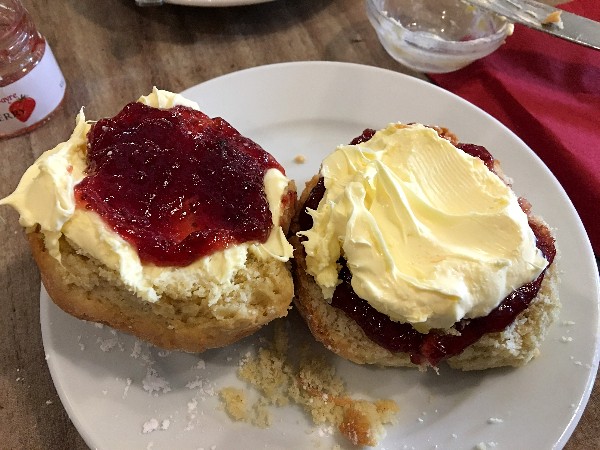
At last we could put to rest the argument of what goes on the scone first, the cream or the jam! In Australia it is usually jam then cream, because we commonly whip the cream, so we were keen to try the alternative. In Devon, however, the cream is almost the consistency of butter, so it made sense to lay it on first. Needless to say, we enjoyed testing the two versions.
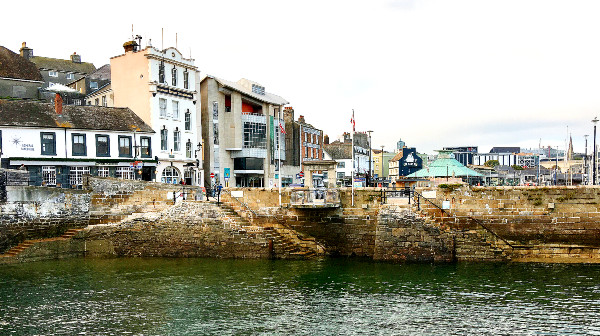
Then it was off to Plymouth and a short cruise from the Plymouth harbour and around to the Tamar River estuary. Plymouth was an important commercial shipping port, with historical attractions dating from the 15th century onwards such as the famous Mayflower Steps where the Pilgrims set sail in 1620.
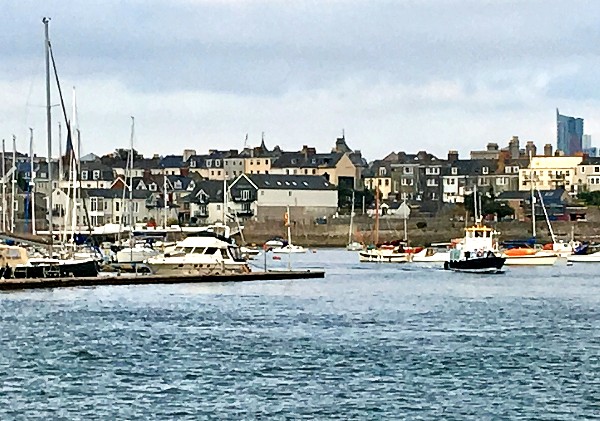
Due to the small size and silting up of the Plymouth harbour, the estuary of the Tamar river became the location of the first dockyard, HM Naval Base Devonport, which opened in 1690 on the eastern bank of the River Tamar in the parish of Stoke Damerel.

It was here that my great, great grandfather, a Yorkshireman, was based before being sent with Wellington’s 2nd Battalion, 84th Foot regiment to fight in the Peninsular War in southern France, in 1813, in one of the Napoleonic Wars. He was not simply a soldier, but an essential part of any infantry – a bootmaker. Several years later, he married my great, great grandmother in Stoke Damerel and took her back home to Yorkshire, where they raised 10 children. He continued his trade as a shoemaker, but died at only 55 years of age due to the chronic respiratory disease which he had acquired during his time in France.
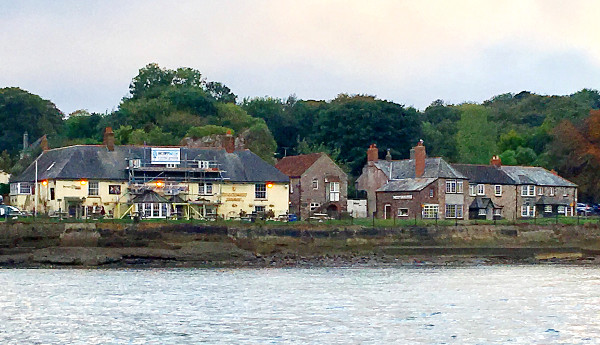
When I told the captain of our little cruise ship the story of my ancestors, he made sure to point out to me the area that my great, great grandmother came from – Millbrook in Devon – now actually part of Cornwall being on the western side of the estuary. This was one of those times I wished I was not on a group tour, but free enough to explore these ancestral areas at my leisure.

Next day was the last of our tour. It was a long trip, with a stop at Stonehenge, on the Salisbury Plain in Wiltshire, along the way. Having heard so much about the place over the years, I guess I was expecting a lot. Sure it was interesting and there was an interpretive centre to further educate us, but maybe we were just tired from all the travelling. There were loads of tour buses, long distances to walk from the bus park and there it was – wonderful huge stones, an amazing feat of engineering for the time and no doubt highly significant for many people. It was spectacular, I took photos from all angles, but that was that, and we were back on the bus!

Nevertheless, it was a great coach tour and we made some lovely friends with whom we keep in touch. And my thirst for travel has not been diminished! Stand by for the next adventure!
